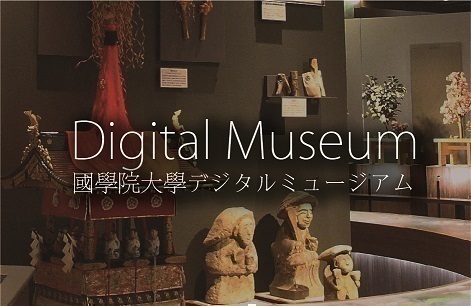- トップ
- Encyclopedia of Shinto
- Kinokuninomiyatsuko
Encyclopedia of Shinto
| Main Menu: | |
| Links: |
詳細表示 (Complete Article)
| カテゴリー1: | 3. Institutions and Administrative Practices |
|---|---|
| カテゴリー2: | Officiants |
| Title | Kinokuninomiyatsuko |
| Text | The kuni no miyatsuko (a provincial governor with ritual responsibilities) of the ancient Kii Province. As an administrator of ritual, this office endured for a long time after its introduction. The term occurs in both Kojiki and Nihon shoki, written with different characters, but was established with the characters used in the latter under the Ritsuryō system. The family charged with this office had the surname Kinoatai. According to the kuni no miyatsuko chapter of Sendai kuji hongi, Amenomichine no mikoto, fifth-generation descendant of Kami musubi no mikoto, was established as the first Ki no kuni no miyatsuko during emperor Jinmu's reign. In fact, however, the person regarded as the fifth kuni no miyatsuko, Ōnagusahiko, was the actual predecessor of the Ki no kuni no miyatsuko. The chieftain of the Nagusa district, Nagusahiko, was drawn into the imperial court's structure of control in the early beginnings of kofun (burial mound) construction in the first half of the fifth century. Yet according to one theory, the system of kuni no miyatsuko was actually established around the first half of the sixth century. After the Taika Reform (a system which curtailed private ownership and unified the nation under imperial rule in 645, serving as an essential step towards the later establishment of the Ritsuryō system), kuni no miyatsuko served simultaneously as gunji (administrator of a district). However, there are few such examples of overlapping duties after the end of the Nara period. The Ki no kuni no miyatsuko served as kannushi of the Hinokuma and Kunikakasu shrines, and at present his descendants serve as gūji (chief priest). The Jōgan gishiki documents a ritual for appointing the Ki no kuni no miyatsuko who served the Hikuma and Kunikakasu Shrines. — Matsunaga Naomichi |




